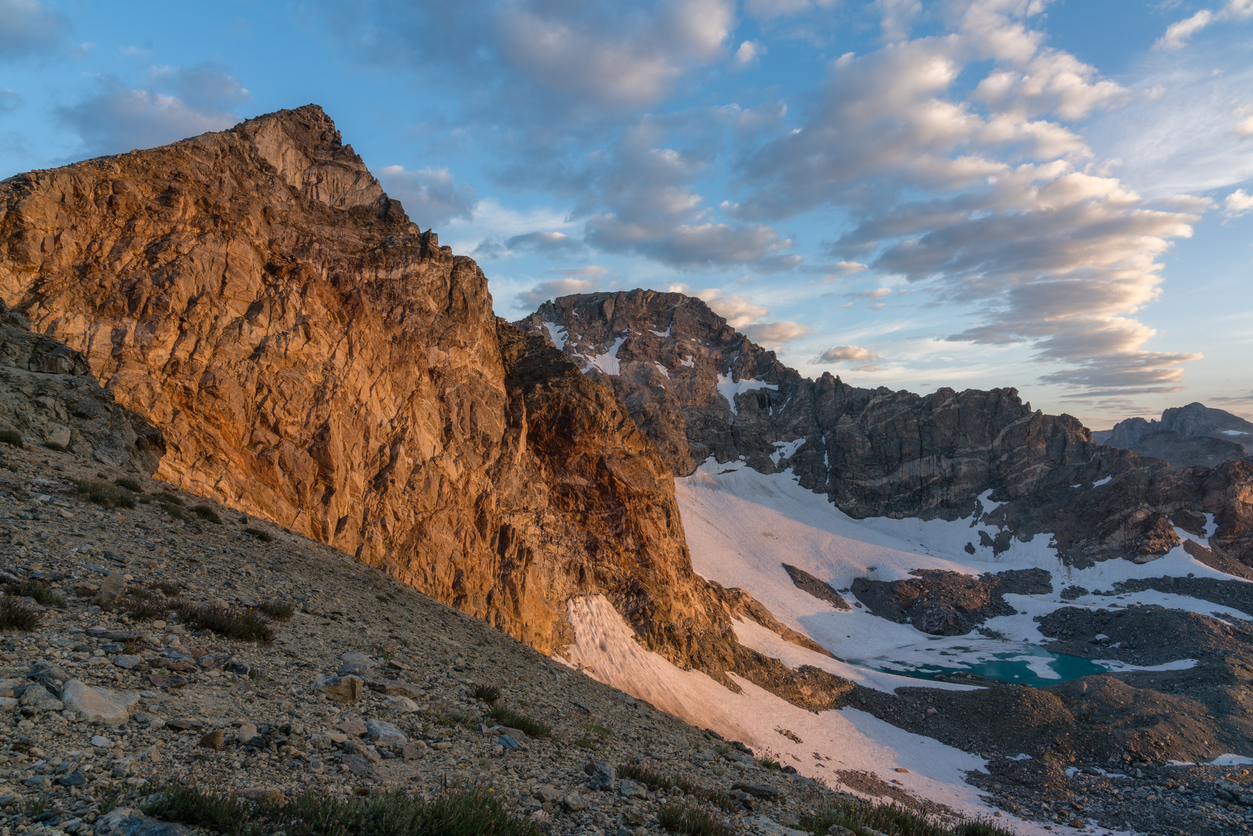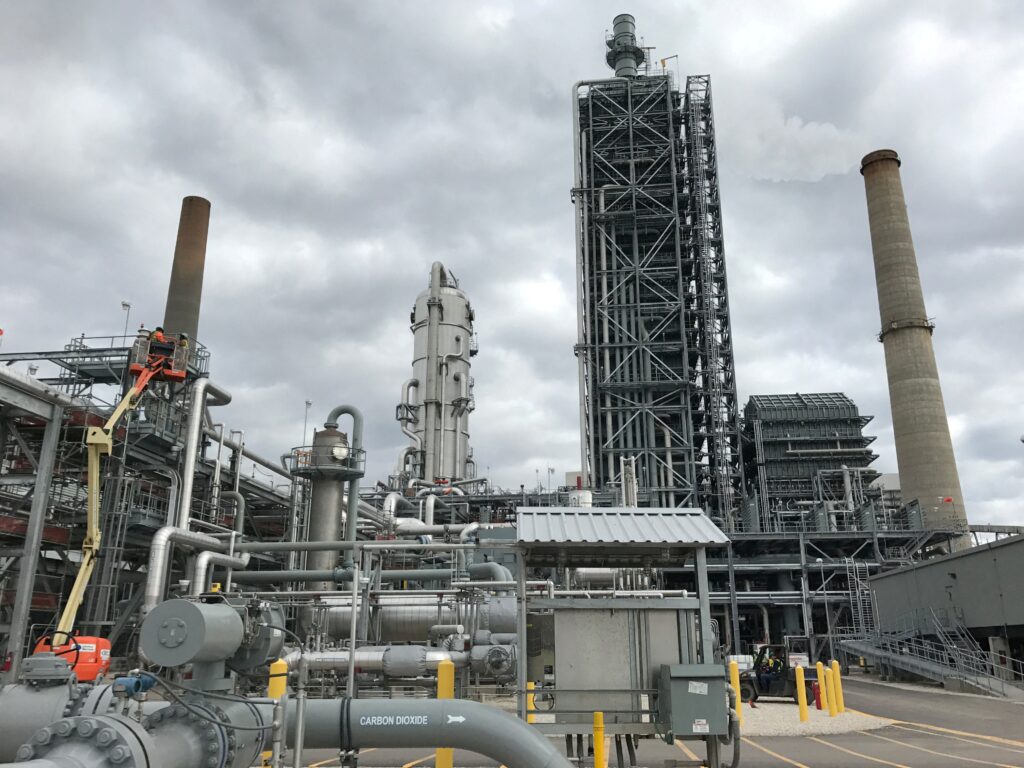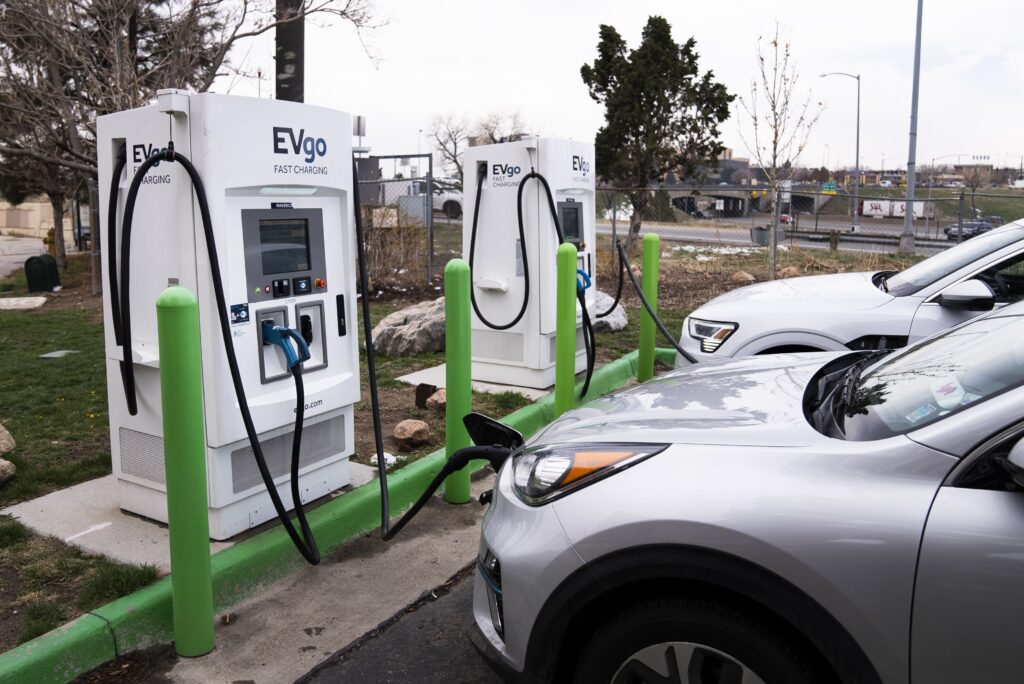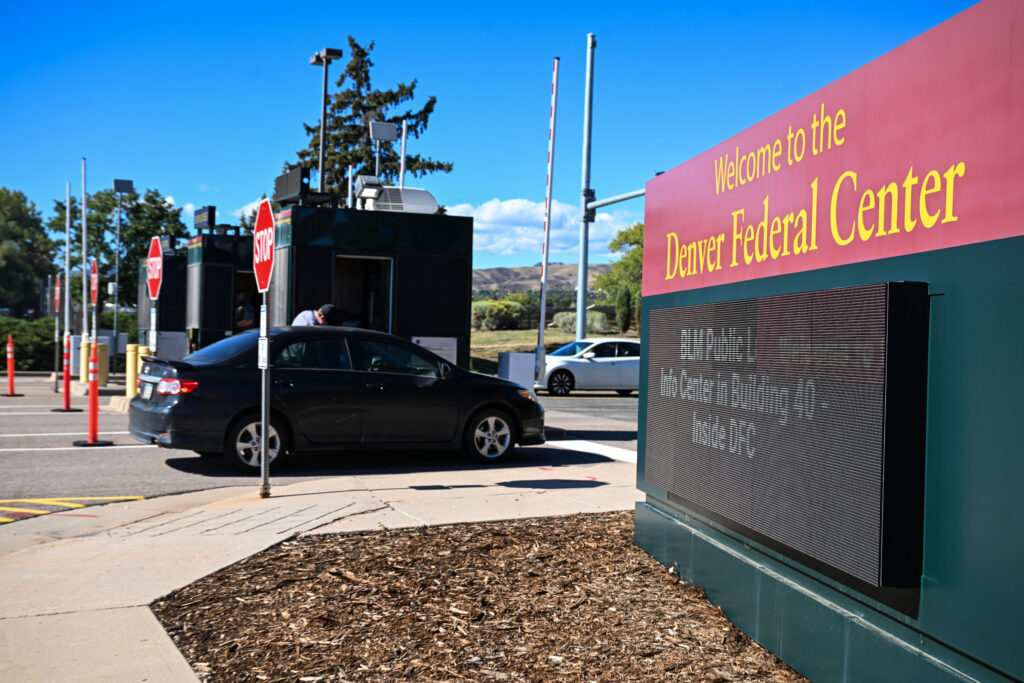Snowpack dwindles in Colorado, as widespread drought continues

Though Colorado previously rose above the median to-date snowpack in early November, the dry weeks that followed have caused the state’s snowpack to lag behind what is typically expected for this time of the year.
According to the United States Department of Agriculture and the Natural Resources Conservation Service, Colorado is currently at just 76 percent of the to-date median snowpack and 18 percent of the median snowpack peak.
Compared to recent years, the current statewide situation is most similar to what was seen early in the 2014-2015 winter season. The 2014-15 winter season had a to-date statewide snowpack slightly above what current season data indicates, with snowpack essentially gone by mid-June. The current season follows a relatively average 2019-20 season, which had a snowpack total that was slightly above the median until an early April peak, followed by a fast melt and below-median totals in May and June.
See how this year stacks up on the chart below:
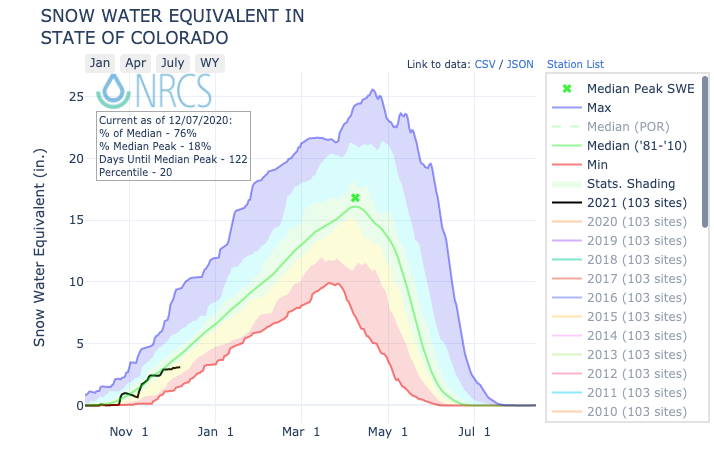
While statewide snowpack is below the median, this varies greatly by region. Find a region-by-region breakdown below.
- Arkansas River Basin: 94 percent
- Colorado Headwaters River Basin: 69 percent
- Gunnison River Basin: 65 percent
- Laramie-North Platte River Basin: 73 percent
- Upper Rio Grande River Basin: 111 percent
- San Miguel-Dolores-Animas-San Juan River Basins: 76 percent
- South Platte River Basin: 81 percent
- Yampa-White-Little Snake River Basins: 63 percent
The state’s southern mountains are the only region ahead of median snowpack at this point in the year, with the northwest and western areas of the state currently the most behind.
While a few significant early season storms have rolled through the Centennial State, the below-median snowpack follows suit with preceding dry months.
Most recent data released by Drought Monitor on December 3 indicates that the entire state of Colorado continues to experience some form of drought. One year ago, only 56 percent of the state was experiencing drought conditions. The portion of the state being impacted by the most intense levels of drought – ‘extreme drought’ topped by ‘exceptional drought’ – also remains high.
A year ago, none of the state was experiencing ‘extreme’ or ‘exceptional’ drought conditions. This compares to nearly 53 percent of the state at the start of December 2020.
